The Defender has only one per cent of the 3m-unit utility 4×4 market, because its high assembly costs make it too costly in emerging markets. One of Speth’s greatest challenges will be to unlock a rugged, cost-effective architecture: could the genius of Tata’s smartly engineered, low-cost Nano be deployed in developing the next Defender…?
Land Rover’s murky future has held up the verdict on which West Midlands plant will close – Castle Bromwich or Solihull. David Smith started this process, a move Forster endorses. ‘We will make the decision this year. The manufacturing strategy has to follow the product strategy and we have to get that right.’ He adds: ‘This is not about getting rid of people: we want one very efficient facility, rather than two less efficient ones. In fact, we could employ more people in future, if we are successful and grow.’
The company has been attacking its cost base since the economic crisis struck. Boosting each model’s profitability will help mitigate the foreign exchange risk that neutered J-LR sales under Ford,
s will the significant news of overseas
ar assembly.
‘We’re going to set up a production facility in China. It’s necessary to overcome the tax [burden on imported cars] and to become a more powerful player there,’ says Speth. The plant, which will initially assemble up to 20,000 Freelanders and probably LRXs, is a couple of years away; a similar facility will precede it in India. Parts will be shipped from the UK. ‘We need a Chinese partner and we have interested parties. It will drive overall success: increased showroom traffic will attract more dealers and push more volume across all the model lines,’ Speth adds.
J-LR sneaked back into the black in the 2009-10 financial year, turning the first six months of losses into a Rs 21.5-crore profit. Can Forster and Speth sustain this momentum?
he industrial logic is sound: cut costs, clean up the platform chaos, shrink the manufacturing footprint, tap emerging markets and assemble there to provide a natural hedge against currency fluctuations. The other critical element is smash hit products: there’s a lot resting on the chunky shoulders of the 2011 LRX, and new XJ, to deliver. But if all these planets align, J-LR might generate the cash to fund its new model expansion.
Jaguar and Land Rover have recently created great cars in spite of limited resources, a triumph of engineering talent over structural inefficiency. Now it’s up to Forster to create the platform for sustained profitability, and a broader range of cars, to banish the Ford nearly-man era once and for all.
inside story![]() FORSTER’S 10-POINT PLAN FOR Jaguar-Land Rover
FORSTER’S 10-POINT PLAN FOR Jaguar-Land Rover
Brand shake-up
‘We are developing a strategy for three brands: Range Rover with its unbelievable product, Land Rover with the asset of the Defender, and Jaguar.’
 More platform sharing
More platform sharing
‘We have a tremendous asset with
aguar’s aluminium technology and we intend to use it at Land Rover.’ So 2013 Range Rover and resultant Sport drop
20 per cent in weight.
 All-new Defender
All-new Defender
‘There’s a broader future for the Defender. Currently it’s too expensive for emerging markets. If we do it again, we have to make it more affordable.’
 Baby Jag
Baby Jag
Sub-XF hatchback also on the drawing
oard. ‘There’s a tremendous
pportunity within Jaguar: a small
aguar, the second sports car –
we are looking into them.’
 Two
Two
UK plants
ecome one
Either the Solihull Range Rover plant or Castle Bromwich XJ plant will close mid-decade. ‘This is not about getting rid of people: we want one very efficient facility,
ot two less efficient ones.’
Chinese and Indian assembly
J-LR will have assembly plants in two key emerging markets within three years. ‘We will sell one or two mainstream products, and the rest will be imported. It’s incremental volume. The UK manufacturing base will benefit.’
Two-wheel drive LRX
‘It’s a rational decision. There’s an urban audience that would like our design,
nteriors and command seating position,
ut would hardly use 4wd. We need
n option for these customers.’
 Hybrids
Hybrids
‘The industry is experimenting with hybrids, or shall we say the interaction between electric motors and the combustion engine which can vary so much. We have two hybrids in development.’
Four-cylinder Jags
Freelander’s 2.2-litre diesel will be used north-south in the XF; dream ticket is to replace it with an in-house gasoline and diesel four, co-developed with Tata
 Small Jag sports car
Small Jag sports car
Sub-XK roadster is officially underway: ‘We are looking at some clay models, and we’re in dialogue with designer Ian Callum.’ The start of a Porsche-style family of V6 sports cars to support XK, as Boxster and Cayman support 911.


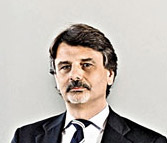



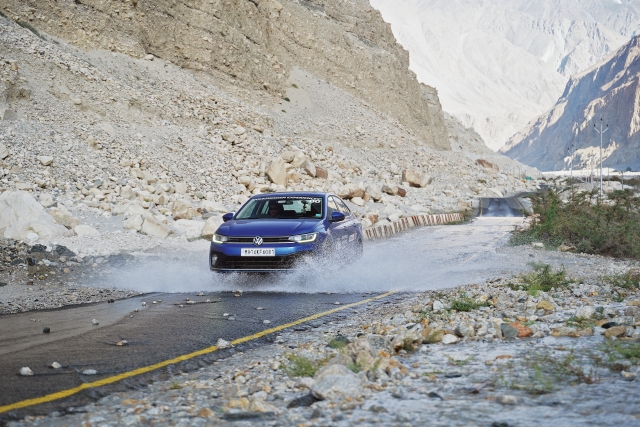
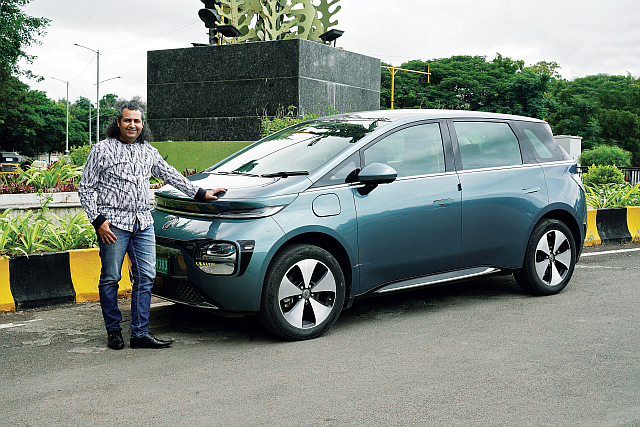

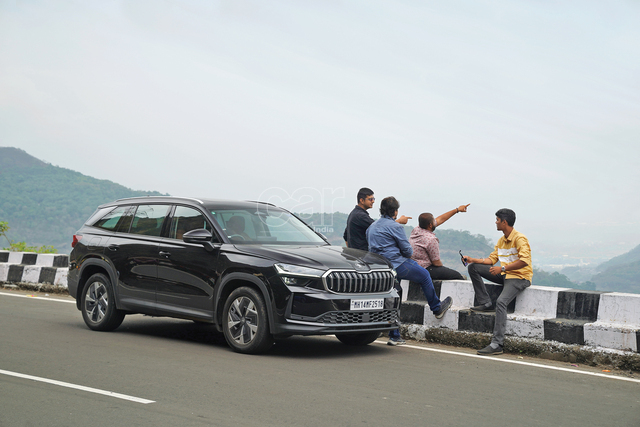


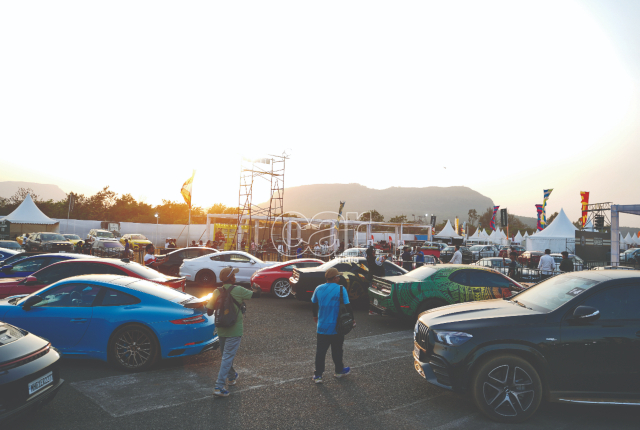
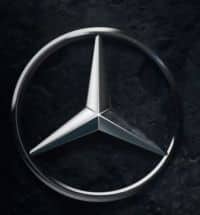

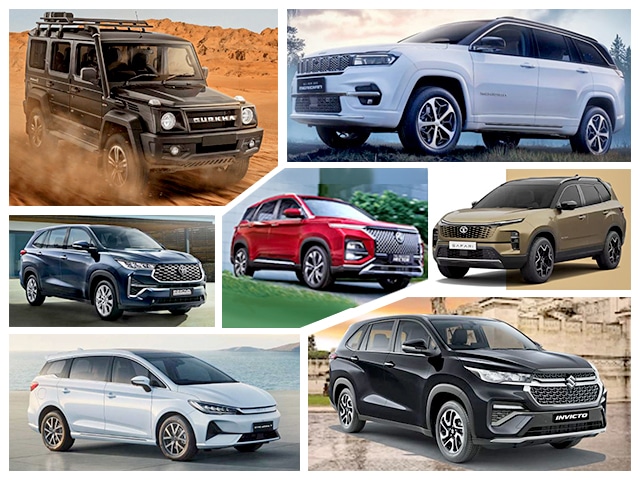
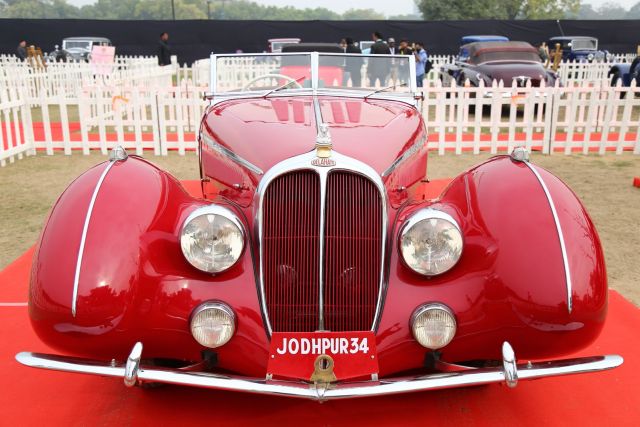
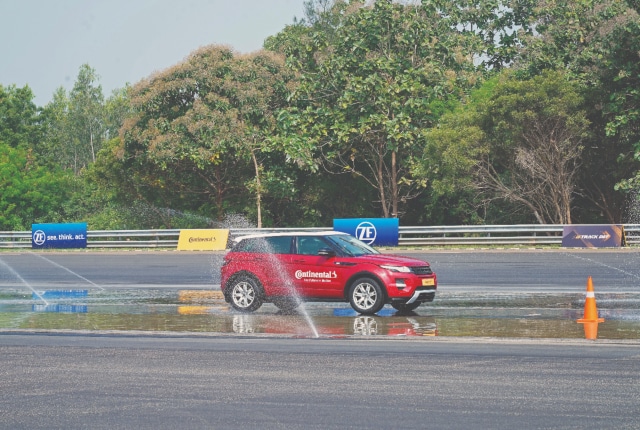




Leave a Reply